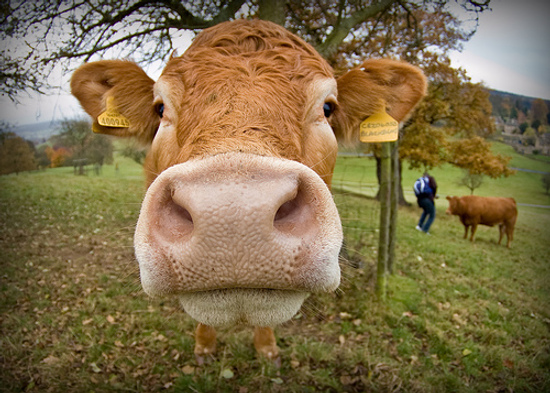
There was a time, just a few generations ago, when all food was local and organic. In the videos below, shared by the team at Cooking Up A Story, a third generation organic dairy farmer named Jon Bansen tells about how his grandfather did business. This was before pesticides & fertilizers, before milking machines & hormones & antibiotics.
Years later, modern day industrialized agriculture had taken over his farm. In the second video, Jon shares about his own journey towards transitioning to an organic dairy and producing real milk.
I hope you like these videos as much as I did. The cows are adorable, and Jon has a great perspective on how to work with them. He also has a deep sense of the underlying reasons to choose sustainable and organic agricultural practices over industrialized ones.
Here he talks about the work of being a dairy farmer and his grandfather’s legacy:
And here he speaks about his journey towards embracing the old-fashioned organic dairy practices, his initial reservations and how he overcame them, and the benefits he’s experienced since making the switch:
Most notably, by going organic and feeding his cows their natural diet of green grass, he doesn’t have to be dependent on feeding them antibiotics to keep them healthy. Did you know 70% of the antibiotics used in the U.S. are used in agricultural operations? Common sense tells us that has the potential to increase antibiotic resistant strains of infectious diseases. But did you know that it can make antibiotics less efficient in treating you if/when you actually need them?
That’s because the antibiotics come out in the milk, so we ingest them every time we have a glass milk or eat a slice of cheese from one of these cows. This low-level continual dosing of antibiotics builds up our own resistance to them.
Thankfully, organic standards require that cows not be given any antibiotics. To accomplish this feat, farmers have to give the cows plenty of exercise, sun, and access to green pastures. Cows who are able to actually act like cows are surprisingly healthy & resilient creatures.
I think that in some ways, that idea applies to us as well. If we get to act like humans instead of cogs in an industrialized machine, if we get to eat a real diet of real food our bodies were designed to eat, if we get to exercise the way our bodies were designed to exercise, then we can be surprisingly healthy & resilient, too.
This post is part of today’s Real Food Wednesday blog carnival, hosted by Cheeseslave.
 |

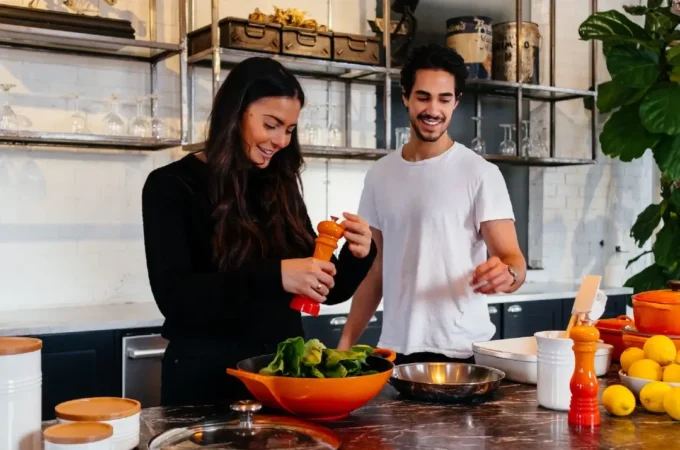

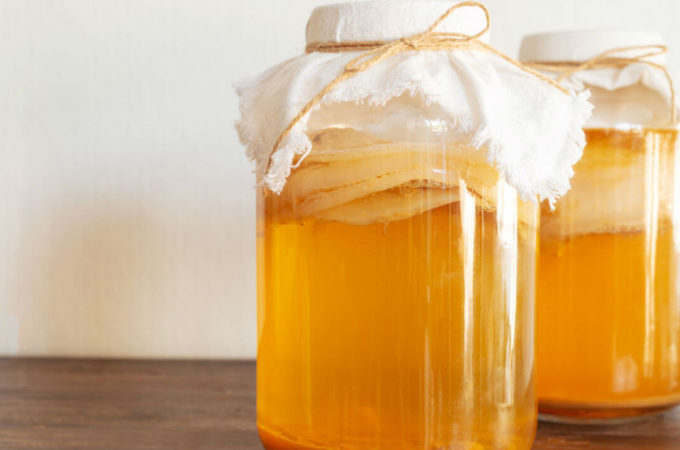
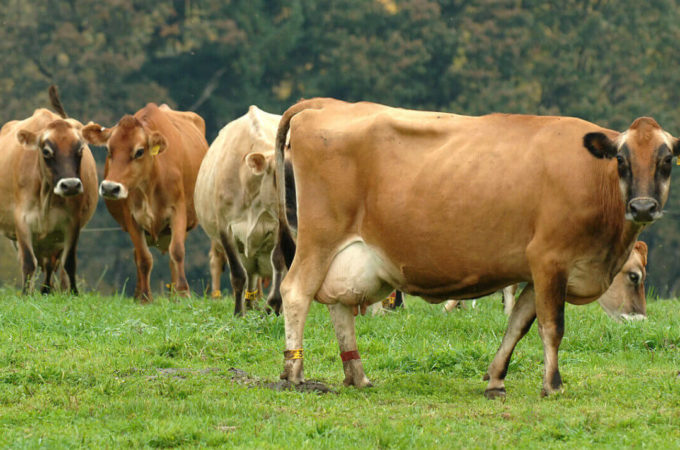
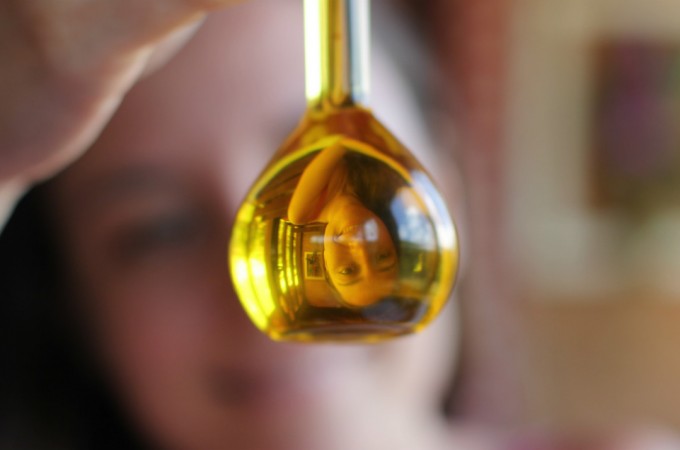
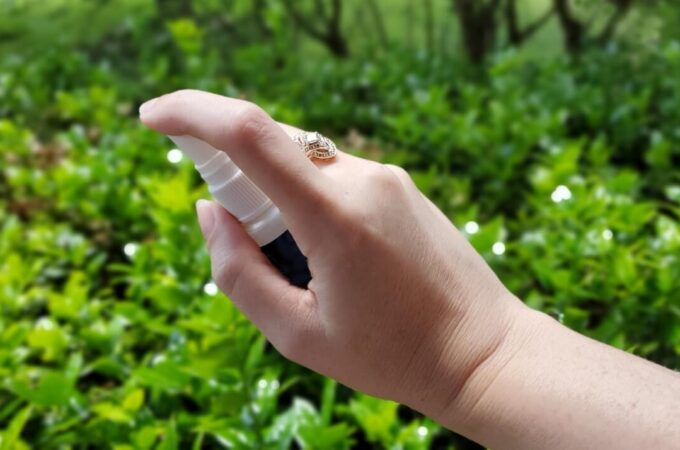
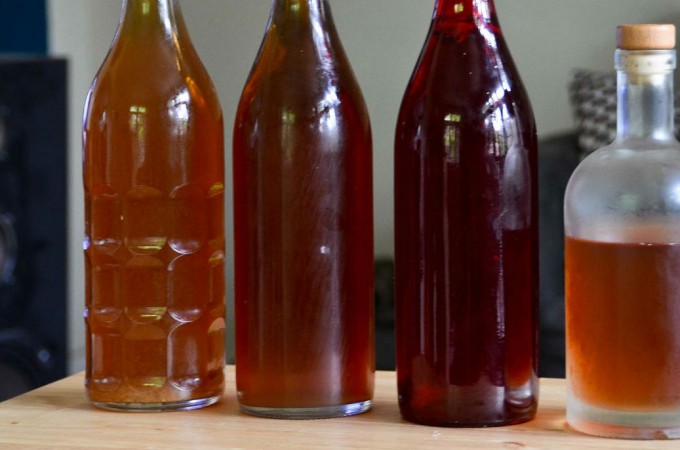
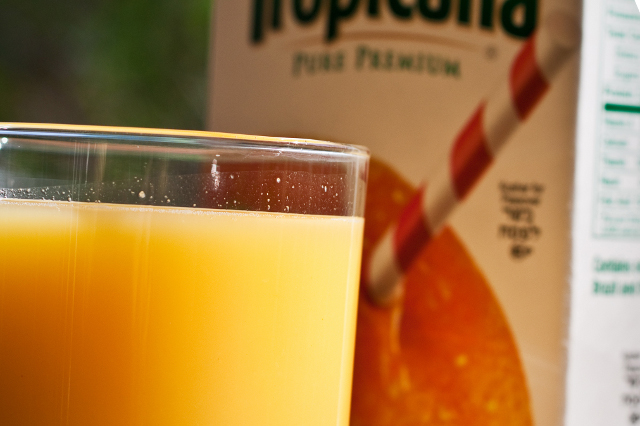
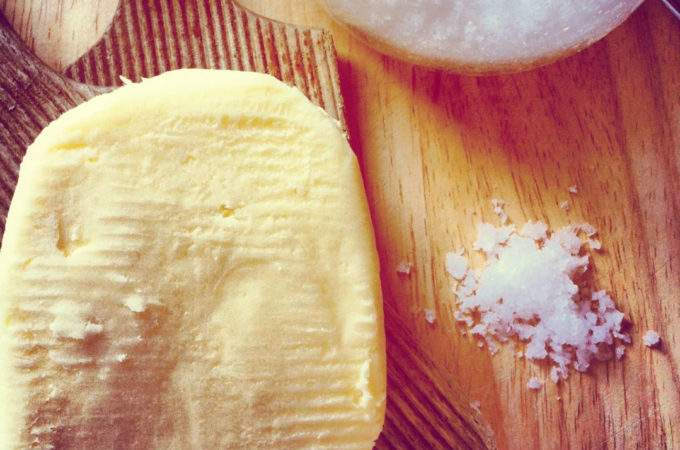
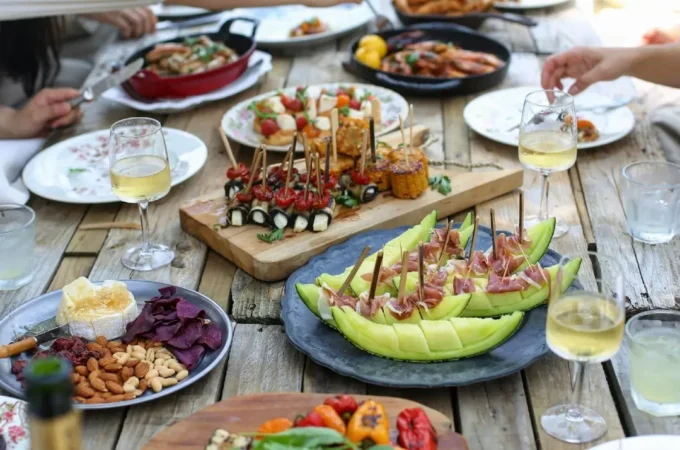
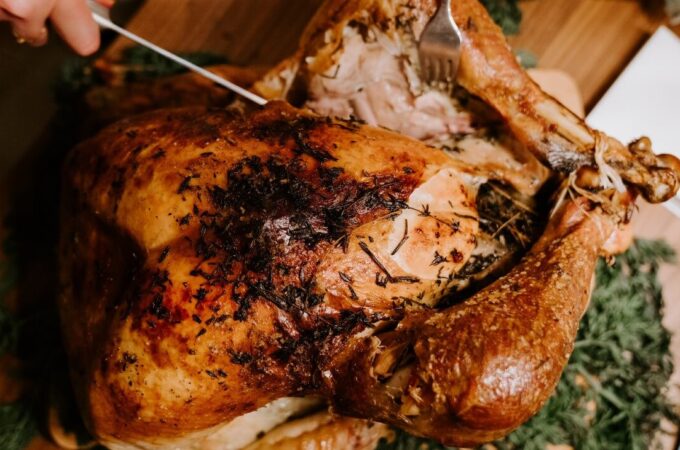

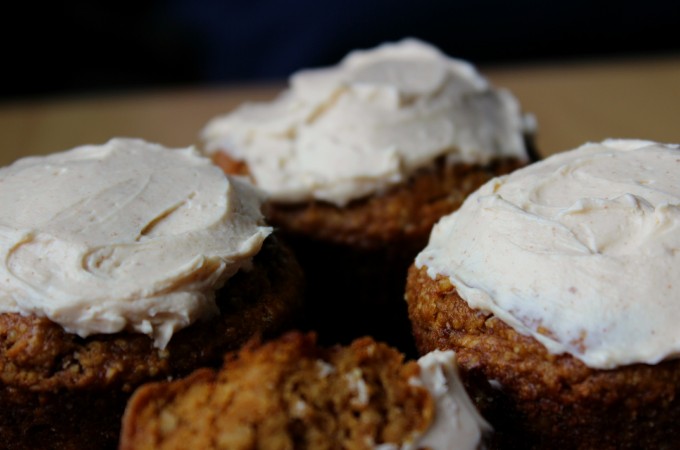
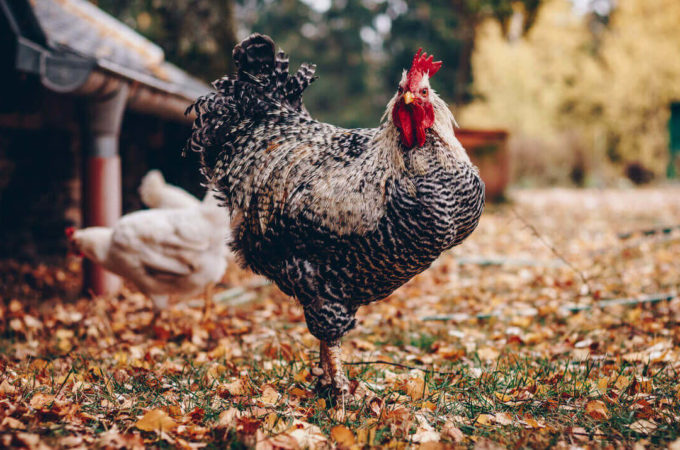
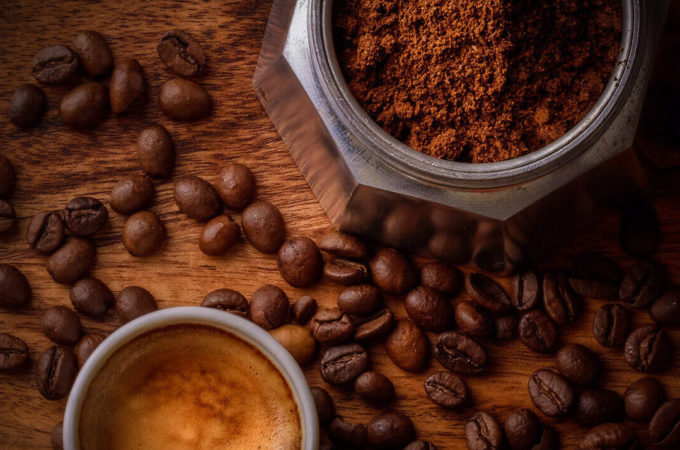
What great videos!
It should be stressed that just because you are buying ORGANIC milk does not mean the cows are grass-fed. Not all organic dairies are idyllic like this one.
There are factory farms producing organic milk:
http://www.cornucopia.org/2008/01/dairy-report-and-scorecard/
Know your farmers!
CHEESESLAVE
I wonder if I could make enough money to support a family if I were an organic dairy farmer. I think I’d like that.
Kyle
Kyle – if you have it in you, do it!! My great grandfather was a dairyman in Iowa, so I think I have a love of cows in my genes. But, really, it’s a wonderful way of life, but hard, non-stop work. I wonder if you could intern on a dairy farm for several months (like you can on a CSA, or the like), just to get a better sense of what is involved. It does have its own natural rhythm.
Thanks KristenM for sharing the videos, and h/t to Cheeseslave for hosting today’s Real Food Wednesday – though, like Earth Day, Real Food is everyday! =)
Rebecca
Great videos! I love our local creamery. They’ve really bloomed in the last few years. Originally, we’d have to drive 60 miles roundtrip to get our milk because so few people participated in the cow share program. Now they’ve enough interest that they’ve expanded beyond raw milk to raw yogurt, cream, butter and occasionally cheese. It’s a blessing that we have people who are willing to operate according to traditional standards.
Jenny @ NourishedKitchen
Thanks for sharing these wonderful videos. What beautiful cows, and a gorgeous farm.
Berni
Ann Marie — Excellent point. I think all of the farmers in the Organic Pastures label stick to a grass-based diet and generally look as idyllic as Jon’s farm. So, at least they’re a good option for those who don’t have access to raw milk from grass-fed cows.
Kyle — LIVE THE DREAM.
Rebecca — I’m the one who should be thanking you. These are really great stories. I LOVE your blog!!
Jenny — Amen.
Berni — I know. As I was watching the first one last week and saw Jon petting his cows and introducing his favorite one, I thought “EVERYBODY must see this.” It was just too beautiful.
I love how joyful and relaxed the animals seems to be. I mean, who knew cows were so curious and personality filled like Rosie?
I really wanna visit my farmer this summer to say hello and thank you to him, his family and the animals on his farm.
What I loved about these videos was the calm serenity and peace in his voice. He truly seems fulfilled with what he does.
Kyle, read everything you can get your hands on by Joel Salatin! 🙂
Kelly
Thank you so much for sharing this! I love the idea of “shake the hand that feeds you” but for a lot of people starting out, they don’t know why it’s important. I think Jon Bansen is a great spokesperson for the organic, grassfed dairy farmer. His calm, articulate manner put me right at ease. The clean, professional milking facility speaks trustworthiness. How well he knows his cows tells me he is paying attention to the needs of these animals, not just gathering his profits at the expense of what he calls his “footprint.” What a wonderful peek inside how a dairy farm SHOULD look! Thanks!
Local Nourishment